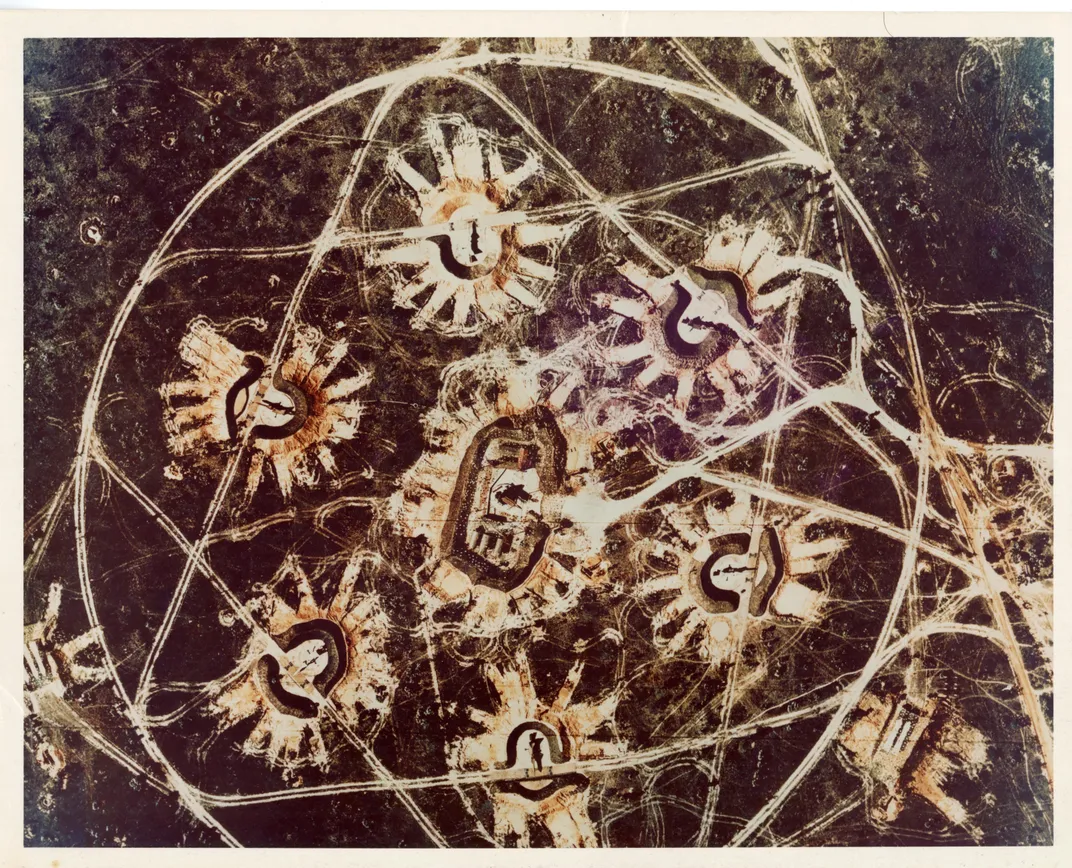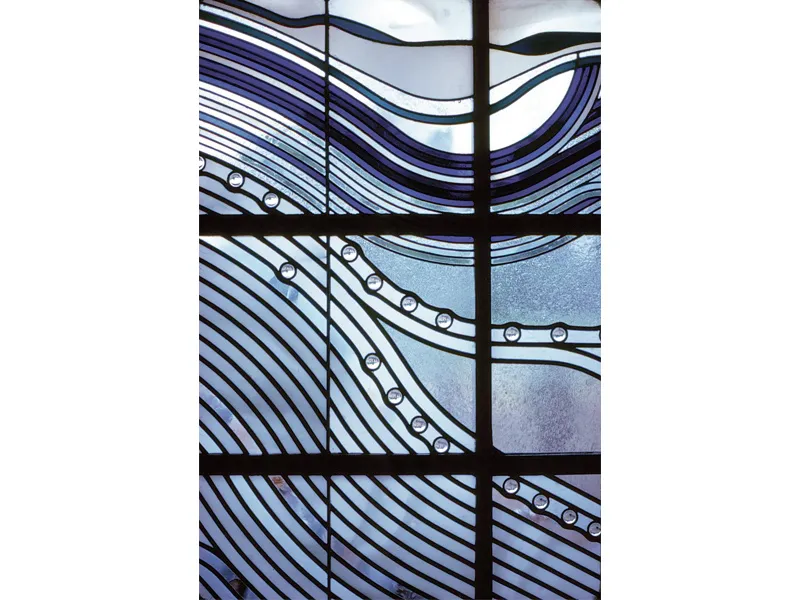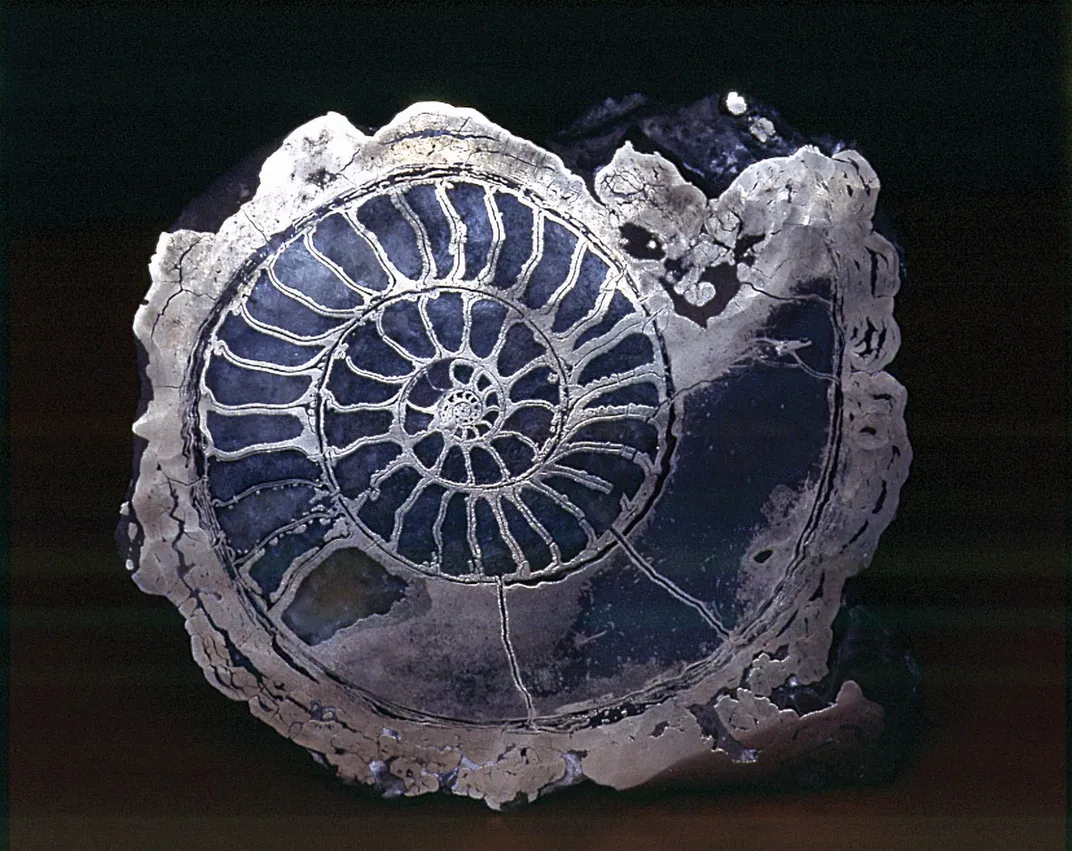These Photos From the First Decade of Smithsonian Magazine Show Where Art and Science Meet
How do you select one image to represent half a century of photography and art? You don’t
/https://tf-cmsv2-smithsonianmag-media.s3.amazonaws.com/filer/3c/ea/3ceab7a5-3861-4015-a0b8-a2475aa78724/apr2020_h16_prologue-1.jpg)
"It would present art, since true art is never dated, in the richest possible reproduction.” That’s how Edward K. Thompson, the founding editor of Smithsonian, once described the magazine staff’s approach to pictures. So when the current art and photography editors buried themselves in the archives in preparation for this anniversary issue, it came as no surprise that we found lots of wonderful art. What did surprise us, however, was just how artistic, how modern and how forward-looking the images in the first 50 years truly are.
Out of tens of thousands of images published in these pages over the last half-century, we selected a few hundred, hoping to find one that would sum up the magazine’s unique visual history. An absurdly difficult task, to be sure. Would it be an image from nature? Speckled-orange and green-striped brittle sea stars on a coral reef from 1981 would do the trick. It’s got beauty, surprise, rarity. Or what about an X-rayed calla lily from 1986, as stunning as a Georgia O’Keeffe drawing? It embraces technology and nature, a couple of our favorite subjects. Then there are the red, blue and black seemingly Cubist drawings, published in 1974, that the illustrator and cartoonist Saul Steinberg had scribbled on Smithsonian Institution letterhead while serving as an artist in residence. Or how about George Booth’s 1991 cover cartoon of howling dogs? Wouldn’t that underscore the magazine’s tradition of commissioning prominent illustrators and photographers to create original new work?
No, an impossible task.
So we decided instead on five pictures, all from the magazine’s first decade, each touching on a theme. They certainly call attention to Thompson’s dictum that real art doesn’t have an expiration date. Beyond that, we think they express another important idea. There is art in science, there is art in the everyday—“the world offers itself to your imagination,” the poet Mary Oliver famously wrote—if only you look, really look.



